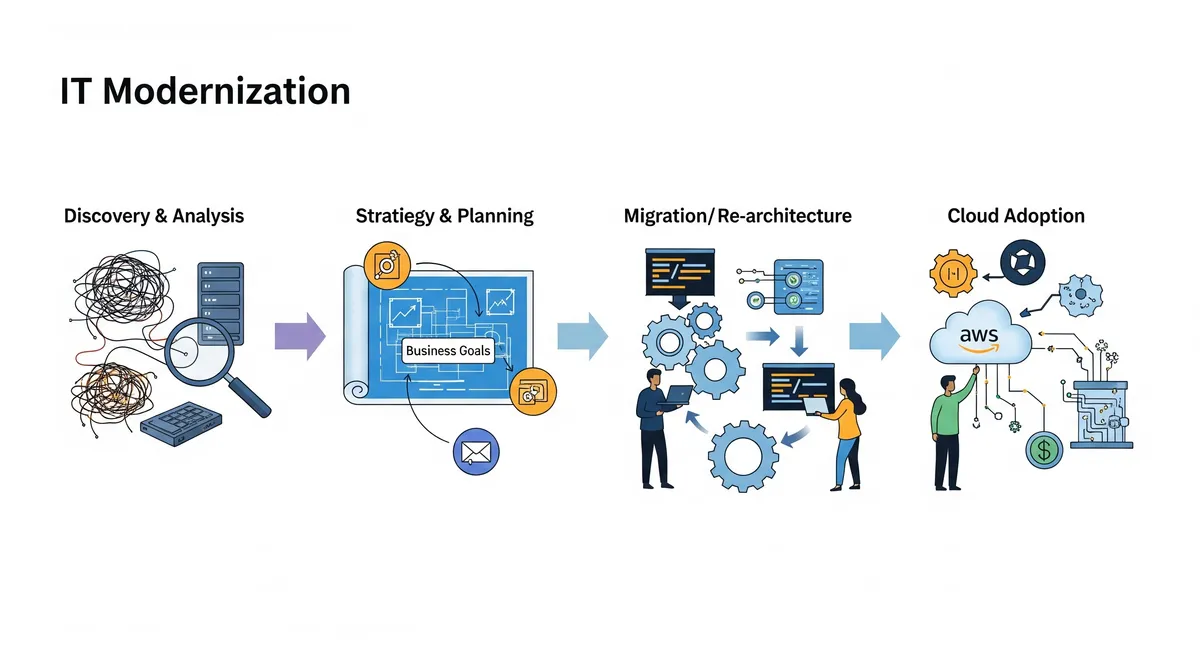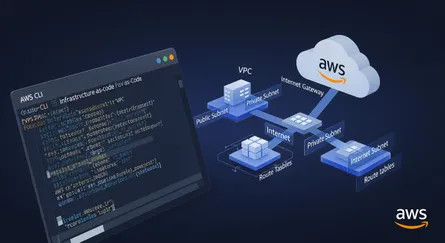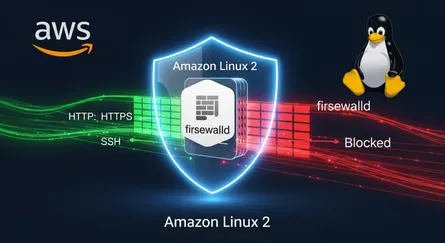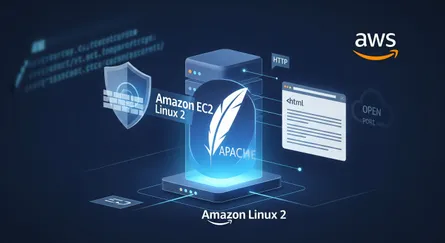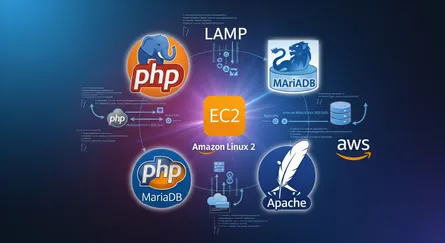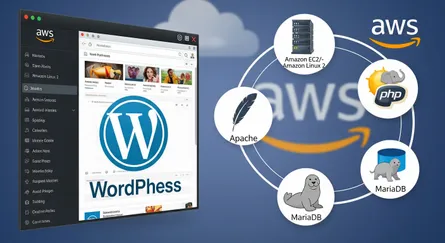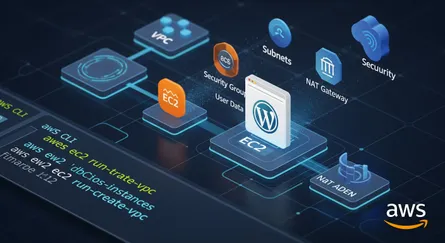Modernizing IT infrastructure is essential for organizations to stay competitive, secure, and efficient. The modernization process, involves several strategic phases. Each phase is critical to ensure a smooth transition and to derive maximum value from modernization efforts. This blog post will walk you through these phases, answering key questions and providing insights to help you navigate this complex process.
Why Should You Determine The ‘Why’?
Determining The “Why” is essential before starting any modernization process. Knowing why the modernization effort is being undertaken lays the groundwork for all other actions.
- Align with Business Objectives: Make sure that the modernization is in line with your company’s goals. Having a clear “why” aids in determining the appropriate priorities, be they cost-cutting, performance-enhancing, or security-related.
- Determine Pain Points: Acknowledge the shortcomings and present difficulties with your current setup. This could involve scalability problems, security flaws, or antiquated technology.
You can develop a modernization roadmap that directs your work and maintains the project’s relevance and focus by outlining the “why” in detail.
What Is the Importance of Discovery and Analysis?
Start with discovery and analysis to get a thorough picture of your existing IT environment.
- Evaluate Present Situation: Make sure your current apps, processes, and infrastructure are all thoroughly inspected. This aids in determining what should be updated, swapped out, or kept. — Examine Dependencies: It’s essential to comprehend how various parts work together and depend on one another. This aids in relocation planning without interfering with corporate operations.
Findings and analysis paint a clear picture of the current configuration, emphasizing problem areas and promoting well-informed decision-making.
Why Is Modernization Not Just a Project, But A Process?
Modernization is a continuous process. Recognize that this is a process rather than a project.
- Constant Improvement: The state of technology is ever-changing. Modernization is to be viewed as an ongoing endeavor to stay abreast with industry best practices and technological breakthroughs.
- Agile Methodology: Take on an agile mentality. Divide the modernization process into smaller, more doable activities, then iterate in response to feedback and performance indicators.
A long-term approach that prioritizes adaptability above one-time projects guarantees modernization’s success.
How to Evaluate Both Current and Future Value?
When modernizing, it’s essential to Consider Both Current And Future Value.
- Short-term Gains: Identify immediate benefits such as improved performance, cost savings, and enhanced security.
- Long-term Benefits: Look beyond the immediate gains. Consider how the modernization will support future business needs, scalability, and adaptability to new technologies.
Balancing current and future value helps in making decisions that are beneficial in the long run.
How to Discover, Classify, and Map the Flow of Data?
Data is at the heart of modernization. Discover, Classify And Map The Flow Of Data to ensure seamless integration and security.
- Data Discovery: Identify all data sources and how data flows through your system.
- Classification: Classify data based on sensitivity, criticality, and compliance requirements.
- Mapping: Create a detailed map of data flow to understand how data moves and where it resides.
This step ensures that data is properly managed, secure, and compliant with regulations.
How to Inventory Existing Apps and Their Interdependencies?
A thorough inventory of your applications and their interdependencies is crucial. Inventory Existing Apps And Their Interdependencies to avoid disruptions during the transition.
- Catalog Applications: List all applications in use, including legacy systems.
- Understand Dependencies: Document how these applications interact with each other and with the infrastructure.
This inventory helps in planning the migration strategy and minimizing risks.
Why Is Getting Input from Your Customers Important?
The user experience should be a key component of modernization. To match your efforts with the needs of your customers, get their input.
- Customer feedback: Gather end users’ opinions to learn about their expectations and trouble areas.
- User-Centric Design: To increase user satisfaction and adoption, modernize your strategy by incorporating customer insights.
Customers’ involvement guarantees that modernization initiatives are user-centric and address practical needs.
How to Approach Migration, Re-architecture, or Re-platform?
Deciding between migration, re-architecture, or re-platforming is a key decision. Consider creating a migration or re-architecture or re-platform diagram.
- Migration: Move applications and data to new environments with minimal changes.
- Re-architecture: Redesign applications to take full advantage of modern technologies.
- Re-platform: Shift applications to new platforms with some optimizations.
Choosing the right approach depends on your goals, existing infrastructure, and future needs.
How to Think About Future-Proofing Your Modernization Efforts?
To make sure that your modernization initiatives endure over time, consider future-proofing.
- Scalability: Create systems that grow with your company.
- Flexibility: Make sure that new technologies and business models can be included into your infrastructure.
- Security: To guard against changing dangers, implement strong security measures.
Creating an IT infrastructure that is flexible and robust is part of future-proofing.
Why Adopt a Microservices Approach?
Implementing a Microservices Approach will greatly improve your modernization endeavors.
- Modularity: Divide larger programs into more manageable, standalone services that may be independently designed, implemented, and expanded. — Resilience: The microservices design facilitates easier application management and updates while enhancing fault tolerance.
This method simplifies the management of big, monolithic programs while enhancing agility.
How to Develop a Detailed Onboarding Program?
To ensure smooth adoption, Develop A Detailed Onboarding Program for your team and stakeholders.
- Training: Provide comprehensive training to ensure that everyone understands the new systems and processes.
- Documentation: Create detailed documentation to support ongoing learning and troubleshooting.
- Support: Establish a support system to assist users during the transition.
A well-planned onboarding program ensures that your team is prepared and confident in using the new infrastructure.
What Is the Strategy for Modernizing Applications in the AWS Cloud?
Modernizing applications by leveraging the AWS Cloud offers significant benefits, including enhanced scalability, security, and cost-efficiency. A well-defined strategy is essential to maximize these advantages and ensure a smooth transition. Here’s a step-by-step approach to modernizing applications in the AWS Cloud:
How to Start with a Comprehensive Assessment?
-
Analyze the System of Infrastructure as It Is Now: Start by conducting a thorough evaluation of your current on-premises infrastructure. Determine which apps, taking into account their cost, performance, and strategic significance, are the best candidates for migration.
-
Assess Application Eligibility for Cloud Migration: Not every application is appropriate for the cloud. To determine whether migrating a particular application is feasible and beneficial, use AWS tools such as the AWS Migration Evaluator.
Why Is a Well-Defined Migration Plan Crucial?
Create a thorough migration strategy that details the procedures and deadlines for transferring applications to the AWS Cloud.
- Select the Best Migration Approach: Make the decision to re-host, re-platform, or re-architect apps. Every strategy has advantages and complications of its own. As an illustration:
- Rehost: Often referred to as “lift and shift,” this tactic is transferring programs to AWS with little to no modification.
- Replatform: Without altering the fundamental architecture, make a few cloud optimizations to reap noticeable gains.
- Re-architect: Rework programs to make the most of AWS services and enhance manageability, scalability, and performance.
How to Leverage AWS Services for Modernization?
Utilize AWS Services to streamline the modernization process and enhance application functionality.
- Compute Services: Use AWS EC2 for scalable compute capacity, or opt for AWS Lambda for a serverless architecture that automatically scales with demand.
- Storage Solutions: Take advantage of AWS S3 for scalable object storage and AWS RDS for managed relational databases.
- Networking: Implement AWS VPC to create isolated cloud resources, ensuring secure and controlled access to your applications.
How to Ensure Security and Compliance?
Adopt AWS Security Best Practices to protect your applications and data during and after the migration.
- Identity and Access Management: Use AWS IAM to manage user permissions and secure access to your AWS resources.
- Encryption: Implement encryption for data at rest and in transit using AWS KMS.
- Compliance: Leverage AWS compliance certifications and tools to meet industry standards and regulatory requirements.
Why Is Automation Important in AWS?
Automate Deployment and Management to improve efficiency and reduce errors.
- Infrastructure as Code (IaC): Use AWS CloudFormation or Terraform to automate the provisioning of your AWS infrastructure.
- CI/CD Pipelines: Implement continuous integration and continuous deployment (CI/CD) pipelines using AWS CodePipeline, AWS CodeBuild, and AWS CodeDeploy to automate the build, test, and deployment processes.
How to Monitor and Optimize Post-Migration?
Continuous Monitoring and Optimization are key to maintaining performance and cost-efficiency.
- Monitoring Tools: Utilize AWS CloudWatch to monitor application performance and AWS CloudTrail for logging and tracking API calls.
- Cost Management: Use AWS Cost Explorer and AWS Trusted Advisor to monitor and optimize your cloud spending.
How to Plan for Continuous Improvement?
Continuous Improvement and Innovation should be integral to your modernization strategy.
- Regular Reviews: Conduct regular reviews and updates of your AWS infrastructure to incorporate new services and best practices.
- Stay Updated: Keep abreast of the latest AWS innovations and updates to leverage new features and capabilities that can further enhance your applications.
Conclusion
Modernizing applications in the AWS Cloud requires a strategic approach, starting with a thorough assessment, followed by a well-defined migration plan, leveraging AWS services, ensuring security, and embracing automation. Post-migration, continuous monitoring and optimization, along with a focus on continuous improvement, will help your organization fully realize the benefits of cloud modernization.
References
- AWS Cloud Adoption Framework (AWS CAF.), https://aws.amazon.com/professional-services/CAF/
- The 6 R’s: 6 Application Migration Strategies - AWS Cloud Enterprise Strategy Blog.), https://aws.amazon.com/blogs/enterprise-strategy/6-strategies-for-migrating-applications-to-the-cloud/
- AWS Well-Architected Framework.), https://aws.amazon.com/architecture/well-architected/
- AWS Migration Hub Documentation.), https://aws.amazon.com/migration-hub/getting-started/
- Modernizing with AWS: A Framework for Cloud Adoption - AWS Whitepaper.), [Search for “Modernizing with AWS Whitepaper” on aws.amazon.com/whitepapers/]
- Microservices on AWS - AWS Whitepaper.), [Search for “Microservices on AWS Whitepaper” on aws.amazon.com/whitepapers/]
- DevOps and AWS - AWS Documentation.), https://aws.amazon.com/devops/what-is-devops/
- “A CIO’s guide to IT modernization” - McKinsey & Company.), https://www.mckinsey.com/capabilities/mckinsey-digital/our-insights/a-cios-guide-to-it-modernization
- “The IT Modernization Journey: From Legacy to Leading Edge” - Deloitte Insights.), [Search for “IT Modernization Deloitte” on deloitte.com/insights]
- “Future-Proofing Your IT Infrastructure” - (Example: Article from Gartner, Forrester, or a reputable tech journal.), [Link to a relevant article]
- AWS CloudFormation Documentation.), https://aws.amazon.com/cloudformation/getting-started/
- AWS Data Migration Service (DMS) Documentation.), https://aws.amazon.com/dms/getting-started/
